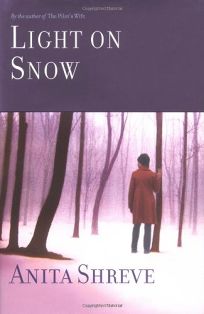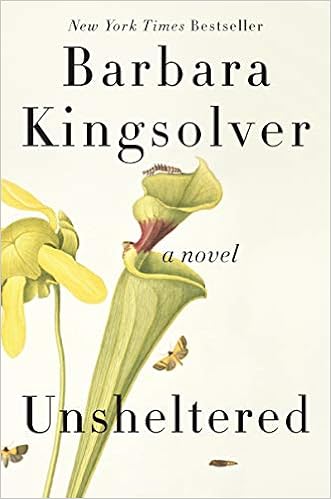A motherless twelve-year old girl (Nicky) and her father take a walk in the woods behind their house on a snowy December afternoon. They hear what they believe to be a cat's cry, but soon recognize it as human. Following the noise they discover a newborn infant abandoned in the snow, and race to the hospital in order to save her. A police investigation follows. Two days before Christmas a young woman shows up at Nicky's house to thank her and her father for saving her baby. A snow storm prevents the stranger from leaving and over the course of her stay they learn her story. Part of the story is that the only pre-natal care the nineteen-year old received was what she learned from reading library books about pregnancy and childbirth.
She also used the local public library to read newspaper accounts of the baby's rescue, and the name of the man who saved her.
Meanwhile, Nicky begins to wonder about all the what-ifs that led to the discovery of the infant, who otherwise likely would have been found as a tiny skeleton in the spring. What if she and her father had decided not to take a walk that day? What if her mother and baby sister had not died in a car crash - she and her father would never have moved to New Hampshire in the first place. And
What if my father had not, as my mother once told me, walked into the university library one spring morning to read about the Yankees-Orioles game the night before and seen my mother at the circulation desk, studying for a chemistry exam while putting in her work-study hours, and asked her, on the spur of the moment, how he might get permission to look at a series of rare Jefferson drawings kept in the vault.Like the title character in Judy Blume's classic Are You There God? It's Me, Margaret this book ends with the narrator getting her first period. However, Shreve's work is most definitely a bit darker than Blume's.



